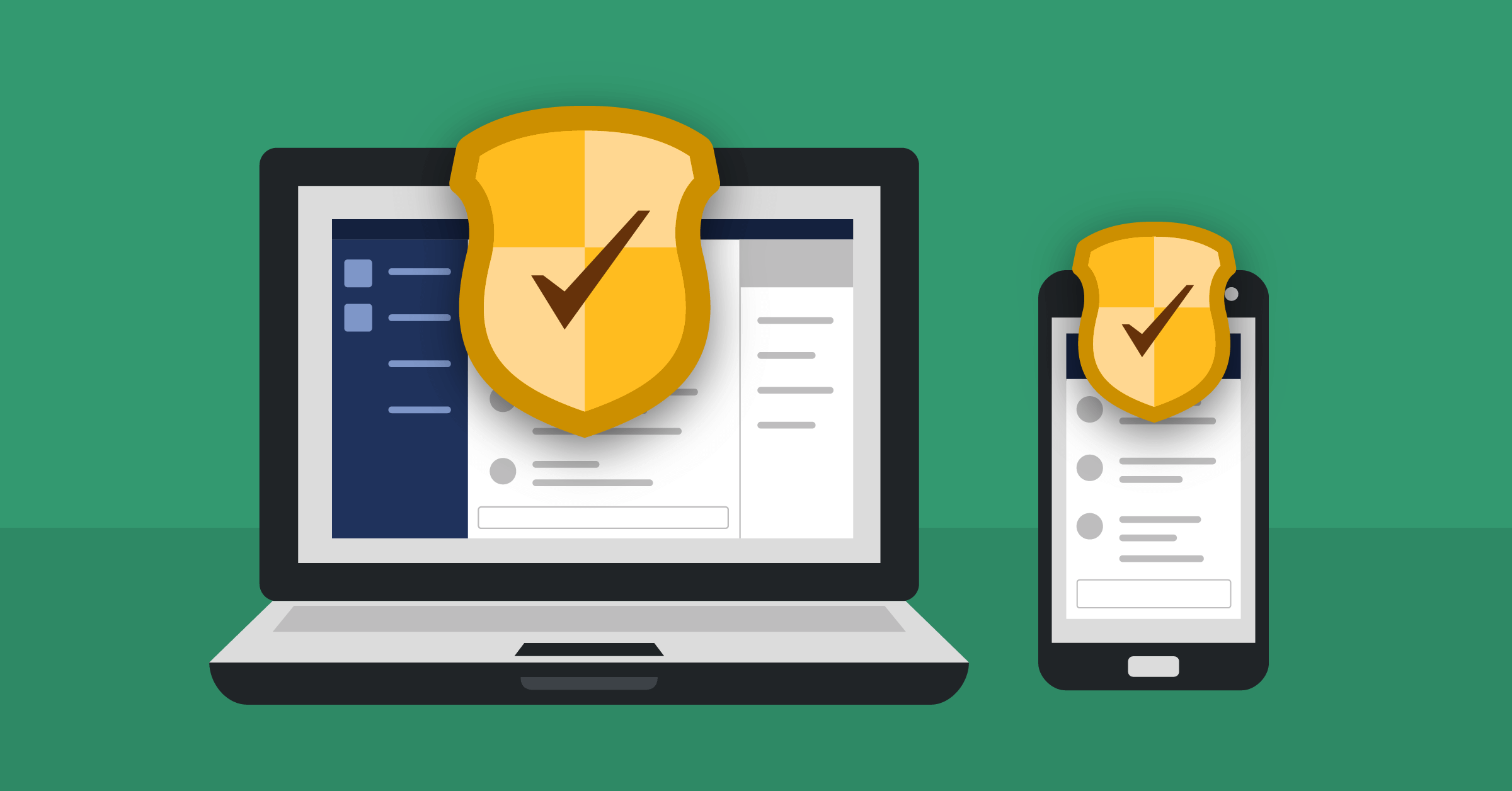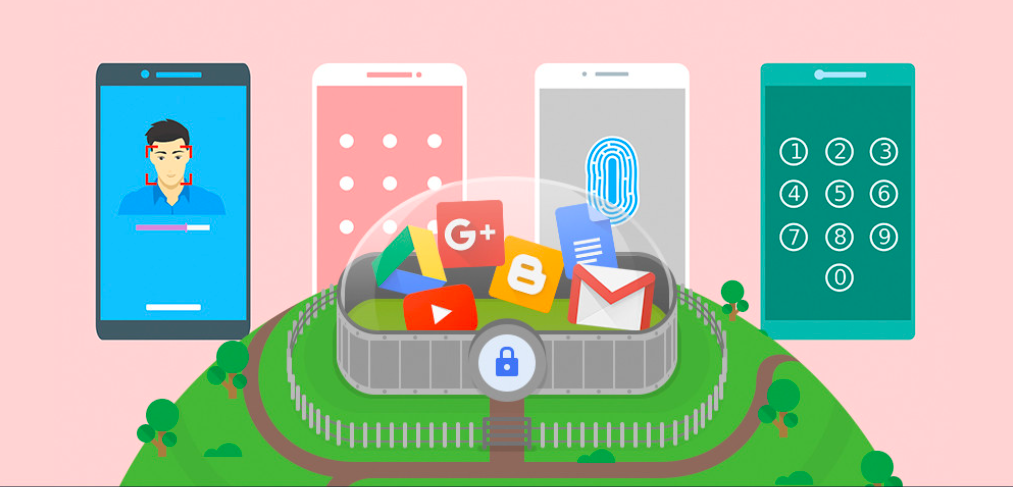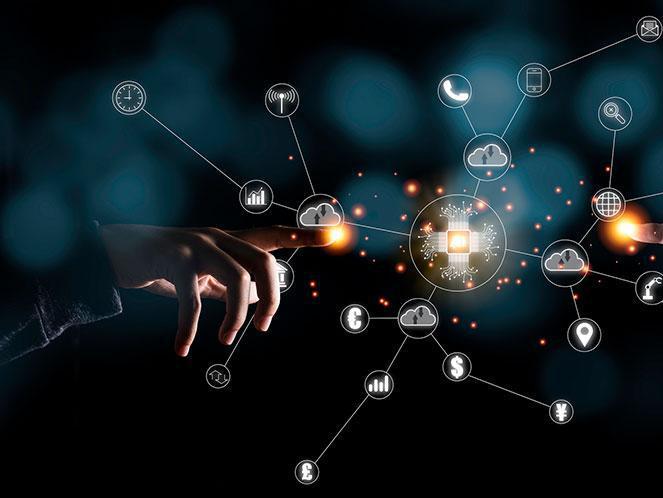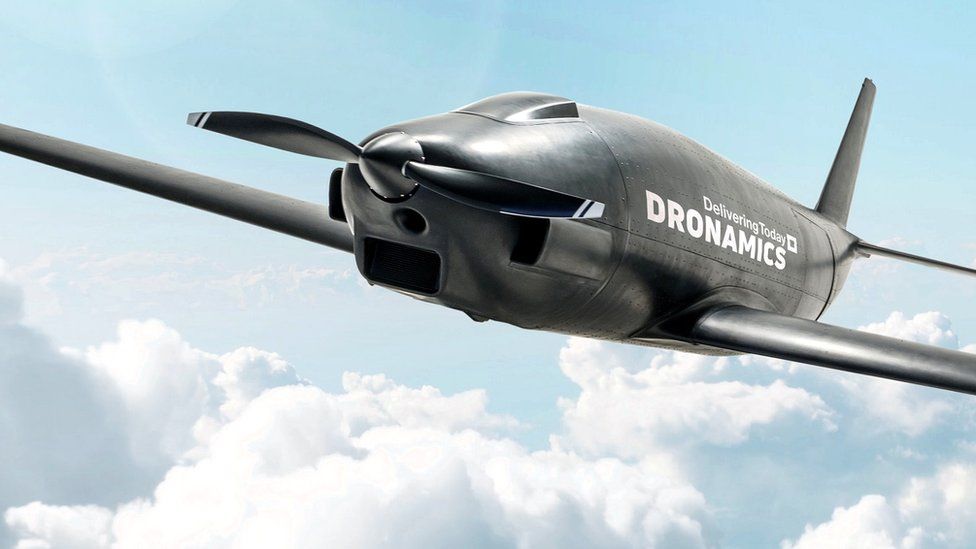
Looking very much like a conventional light aircraft but without a pilot’s cabin – this will be known as the Black Swan.
With a range of 2,500 kilometres (1,500 miles), according to Dronamics, any EU-based transport center can be reached all over Western Europe.
A full-scale prototype of the drone should be in the air by the beginning of 2023, but smaller versions are already flying in Bulgaria.
To save money and remove trucks off the road, move a smaller consignment to a small airport near the recipient – that is the main reason why the drone was invented. Black Swan features a typical piston engine that consumes gasoline and is made of lightweight composite materials. The drone flies on long, fuel-efficient wings. This entire package will travel at the height of 20,000 feet, far above the majority of other passenger aircraft. In addition to experimenting out a new, synthetic aviation fuel that it believes will enable carbon-neutral flights, Dronamics views this height band as unoccupied airspace.
The Black Swan’s 350kg (770lb) cargo load is equivalent to that of a compact courier van. “Europe’s first drone cargo airline,” Black Swans will be run like an airline by Dronamics. It will charge by weight or charter by eliminating the expense and time required by vehicles that crisscross Europe to carry necessary supplies and parts. By uncrewed civil drone standards, the drone, Chapparal, is huge at nearly 8m (26ft) in width.
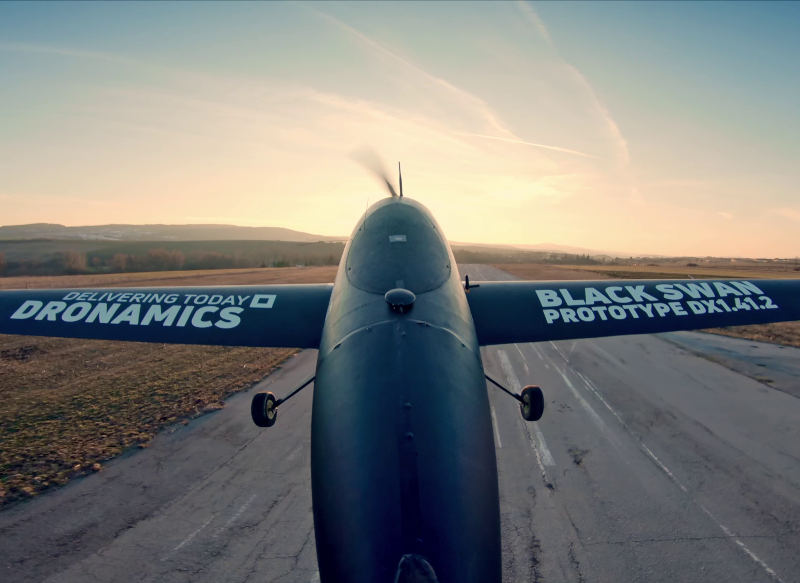
Due to its hybrid construction, the drone is not dependent on docking stations for electricity and can refill at current locations. Additionally, it consumes less fuel than a helicopter. It operates for a quarter of the cost of a helicopter and can carry 100 times the weight of a small UAV (unmanned aerial vehicle). In terms of load, it is comparable to a small plane.
It’s unlikely that you’ll be placing an order for a flying drone delivery to your house any time soon. However, it appears that the demise of one vision of a drone has made room for the growth of a different, more realistic one.
Sources:
1)https://www.dronamics.com/
2)https://www.businessinsider.com/pilotless-cargo-aircraft-carry-770-pounds-freight-black-swan-photos-2022-12?IR=T

